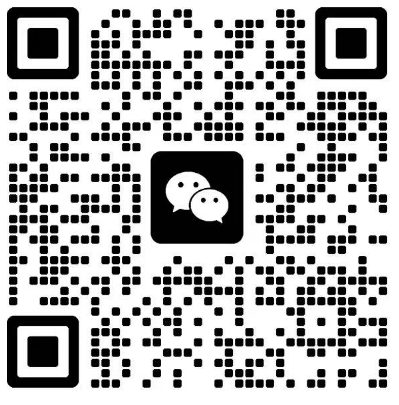
Introduction to Google Chrome Translation Feature
Google Chrome, one of the most popular web browsers, offers a wide range of features to enhance the user experience. One such feature is the built-in translation tool, which allows users to translate entire web pages or specific text snippets from one language to another. This is particularly useful for those who frequently access websites in foreign languages.
Accessing the Translation Feature
To use the translation feature in Google Chrome, simply follow these steps:
1. Open the website you want to translate in Chrome.
2. Click on the three dots in the top right corner of the browser to open the menu.
3. Select Translate to from the dropdown menu.
4. Choose the language you want to translate the page into from the list of available languages.
Understanding the Translation Process
When you select a language for translation, Chrome will automatically translate the entire page or the selected text snippet. The translation process involves several steps:
1. Chrome identifies the language of the original text.
2. It then translates the text into the language you have chosen.
3. The translated text is displayed on the web page, overlaying the original text.
Customizing Translation Settings
Google Chrome allows you to customize the translation settings to suit your preferences:
1. Open the Chrome settings by clicking on the three dots in the top right corner and selecting Settings.\
2. Scroll down and click on Advanced to expand the menu.
3. Under the Languages section, you can add or remove languages from the list of available translations.
4. You can also set a default language for automatic translations.
Accuracy of Translations
While Google Chrome's translation feature is generally accurate, it's important to note that no machine translation tool can perfectly replicate the nuances of human language. Here are some factors that can affect translation accuracy:
1. The complexity of the text: Longer, more complex sentences may be less accurately translated.
2. The context: Translations can be influenced by the context in which the text is used.
3. The language pair: Some language pairs may be more accurately translated than others due to the complexity and differences in grammar.
Overcoming Translation Limitations
If you encounter a translation that doesn't seem accurate, here are a few tips to overcome limitations:
1. Read the original text carefully to understand the context.
2. Use online dictionaries or language resources to look up specific words or phrases.
3. If possible, consult a native speaker of the target language for clarification.
Conclusion
Google Chrome's translation feature is a convenient tool for users who need to access content in foreign languages. While it may not always be perfect, it offers a quick and easy way to understand web pages that are not in your native language. By understanding the translation process and customizing your settings, you can make the most of this useful feature.





